Solaris is the king grape in Danish wine production. A green grape which is not used in the traditional wine countries, but is perfectly designed for a cold climate zone like Denmark. When we, Yulia and Christopher, walk the fields of Danish vineyards, it’s the grape we usually encounter. In fact, more than 60% of Danish wine production today is with the Solaris grape.
In this post, in addition to this grape, you can meet the other Danish grapes for wine that the vineyards grow, whether it’s for red wine, white wine, fortified wine or sparkling wine. Since the 1990s, in Denmark we’ve spent years testing all kinds of grape varieties, but today there are a handful that have proven that they thrive in the colder climates.
Achieving success in wine production in Denmark is highly dependent on both the location of the vineyard and the choice of grape types. For example, the unusually long and dry summer weather in 2018 contributed significantly to an excellent wine year. Solaris is the leading green grape variety, followed by varieties such as Orion and Zala’s Pearl, while Rondo dominates among the blue grape varieties, with Leon Millot and Regent also being significant.

Here is an overview of some of the main green and blue grape varieties used in Denmark for the production of Danish wine :
Green grape varieties for Danish wine:
Blue grape varieties for Danish wine:
Denmark is home to several green grape varieties that are well suited to the cooler climate. Solaris, a prominent variety, is known for its early ripening and resistance to fungal diseases, making it ideal for the Danish climate. Orion, another popular green variety, is prized for its high sugar content and ability to develop a full-bodied flavor profile. These green varieties contribute significantly to the production of white wine in Denmark.

Blue grape varieties such as Rondo and Regent are central to Danish red wine production. Rondo is notable for its early ripening and intense color, while Regent is known for its robustness and resistance to gray mold. These varieties are adapted to cope with the Danish climate and play a key role in creating unique and flavorful red wines that reflect Denmark’s terroir.
Solaris, often considered the ‘king grape’ of Danish viticulture, is a green hybrid variety that has gained great popularity in Denmark. This grape was developed in Germany and is known for its early ripening and high sugar content, which is ideal in Denmark’s cooler climate. it can produce wines with alcohol percentages of up to 13% or more. Solaris is also notable for its resistance to fungal diseases, a trait that reduces the need for chemical treatment. These qualities make Solaris a favorite among Danish winegrowers, and it is used extensively in the production of aromatic, fruity white wines and sparkling wines.
We’ve been testing and experimenting for the first 20 years of Danish wine, and we’ll continue to do so. Of the 1,300 grape varieties found globally, Danish wineries have tested a larger number of them. We have failed a lot along the way, but we are left with the best grape varieties that will help build the future of Danish wine.

Danishwine.com is set up in the world to spread knowledge of Danish wine both in Denmark and abroad.
© 2024 DanishWine